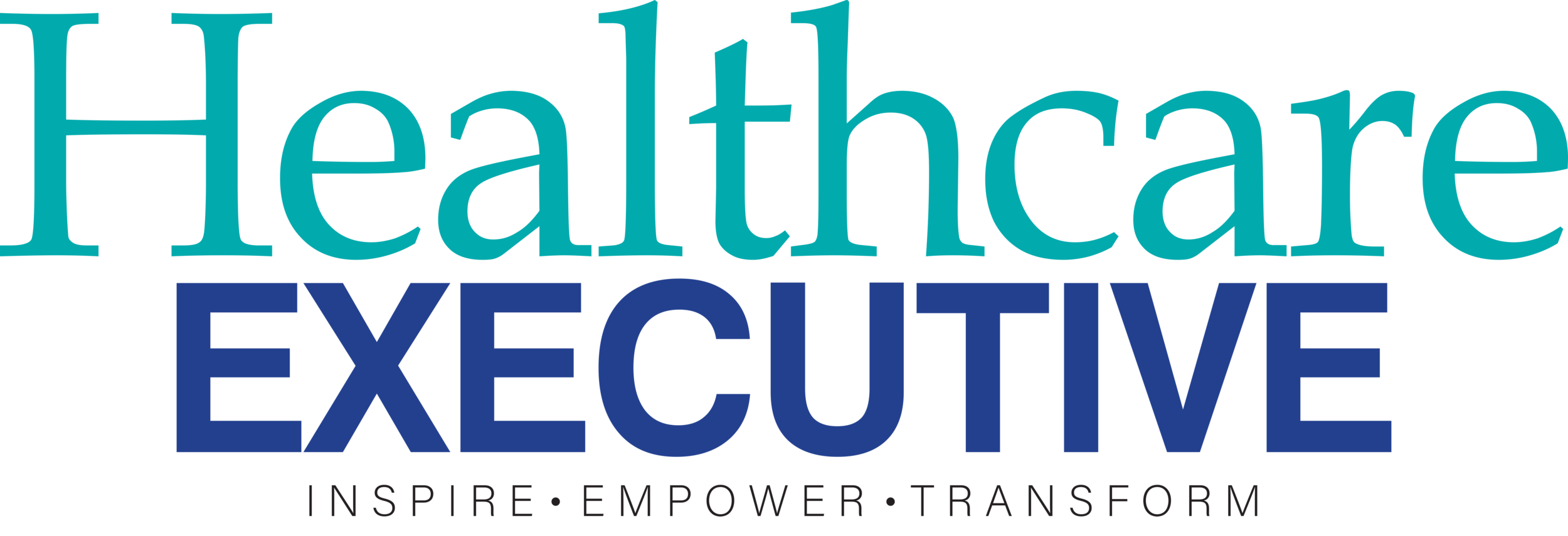Reimagining Emergency Medicine in India: Part Two- Lessons from Saudi Arabia
By Arunima Rajan
In an interview with Arunima Rajan, Dr Shivam Natarajan, Director of SV Healthcare Solutions Limited, talks about what India can adapt from the centralised emergency medicine model of Saudi Arabia.
You’ve spent time working in Saudi Arabia. What took you there, and what was your role within the healthcare system?
I moved to Saudi Arabia to contribute to the Kingdom’s healthcare transformation efforts as the Senior advisor to the MOH to design and lead the healthcare transformation as part of Vision 2030. My role was focused on improving clinical practice across the provider space and focussed on emergency departments, quality improvement, and developing protocols tailored to local needs, particularly in high-volume tertiary care hospitals. I helped develop the new Model of Care and the Cluster model which will ensure both accountable care and value based care. To enable the transformation, we established a national digital blueprint that puts technology at the heart of clinical care.
Dr Shivam Natarajan, Director, SV Healthcare Solutions Limited
What are the strengths of the emergency medicine model of Saudi Arabia? What first comes to mind is the way they handle Hajj—something remarkable. Is it about tech/infrastructure/protocols/centralised model? Can India adapt something from it for our own mass gatherings like Kumbh Mela?
Saudi Arabia's emergency medicine model shines during Hajj. It is a combination of world-class infrastructure, robust surveillance systems, pre-planned protocols, and a centralized command structure. They deploy temporary hospitals, mobile units, and AI-supported surveillance during Hajj. India could adopt similar strategies for mass events like the Kumbh Mela by investing in modular infrastructure, tech-based crowd and health monitoring, and unified command centres.
What role does Red Crescent play in the EM model? Is there a number like 911? How well equipped are their ambulances (is real-time physician consultation possible)?
The Saudi Red Crescent Authority (SRCA) plays a frontline role in prehospital care. Their emergency number is 997. Ambulances are equipped with advanced life support systems and many have telemetry for real-time data sharing with hospitals. Some urban units enable physician consultation via telemedicine, especially during high-profile events or in remote regions.
Is Saudi's emergency medicine modeled after the US ER model? Is it a best fit? What sort of triage system do they follow? What would a Saudi-specific model look like if built from the ground up today?
Yes, Saudi Arabia adopted the US-style ER model, emphasizing board-certified emergency physicians, structured triage, and protocol-driven care. The Canadian Triage and Acuity Scale (CTAS) is widely used. However, a Saudi-specific model today might integrate more community-based triage, digital health screening, and mobile ERs tailored for desert and pilgrim populations.
In India, burnout and shortage of healthcare professionals is an issue. How does Saudi Arabia ensure a steady supply of professionals in the emergency medicine sector? What else can India learn from Saudi's emergency medicine model?
Saudi Arabia tackles workforce gaps through international recruitment, competitive salaries, and local residency training programs. India can consider structured emergency medicine fellowships, improved working conditions, and incentives for rural postings. Saudi’s integration of technology and delegation of some care to paramedics also helps reduce burnout.
Who funds it? Do you think who pays for healthcare matters in emergency medicine? Should the state pay for it?
Emergency care in Saudi Arabia is primarily state-funded, especially for citizens and pilgrims. Public hospitals provide free emergency services. Who pays absolutely matters—state support ensures equity in life-saving care. In India, greater public funding for emergency services can prevent financial distress and improve access. Having said that as part of the Vision 2030 transformation one of the key enablers of transformation is Public Private Partnerships and the MOH in KSA has developed a robust model to make this a reality by 2030. The aim is to ultimately have 50-60% of all healthcare delivered through such partnerships.
In India, many people go to emergency departments even for primary care, leading to overcrowding. Is that an issue there too? How can this problem be addressed?
This is less of a problem in Saudi Arabia due to well-developed primary care networks and gatekeeping. Triage nurses redirect non-emergency cases. India could reduce ED burden by strengthening primary care, introducing triage protocols at the entrance, and public education campaigns.
Urban-rural divide is a reality in Indian healthcare. Does a similar disparity exist in Saudi Arabia?
Yes, but to a lesser extent. Urban centers like Riyadh and Jeddah have advanced tertiary care, while remote regions rely more on telemedicine and mobile units. The government has invested in regional healthcare hubs and uses air ambulance services to bridge gaps. Their virtual care hospital program (SEHA) is one of the largest in the world and has been acclaimed as the best virtual care model in the world. India could adapt similar models to improve rural emergency response.
Got a story that Healthcare Executive should dig into? Shoot it over to arunima.rajan@hosmac.com—no PR fluff, just solid leads.


